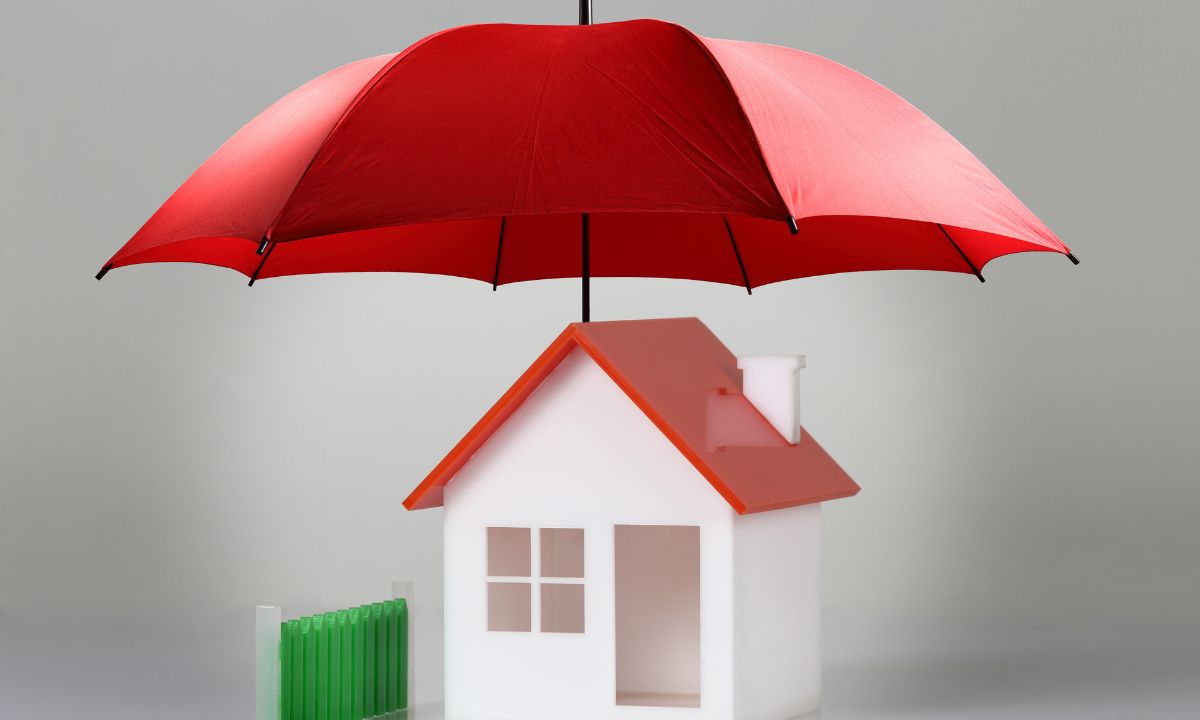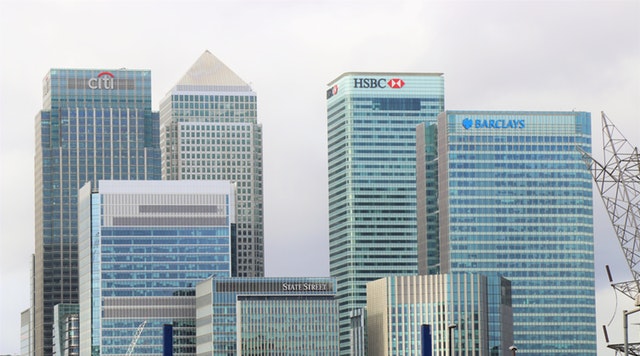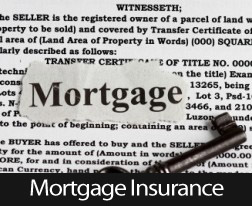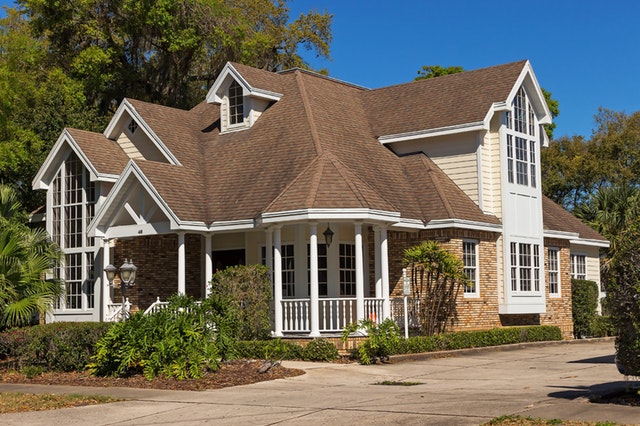Things You Should Understand About Private Mortgage Insurance
 Private Mortgage Insurance (PMI) is a sizable expense during the process of buying a home that many overlook until it impacts their financial decisions. Understanding PMI, its purpose, and strategies to manage or eliminate it can save you thousands of dollars over the life of your mortgage.
Private Mortgage Insurance (PMI) is a sizable expense during the process of buying a home that many overlook until it impacts their financial decisions. Understanding PMI, its purpose, and strategies to manage or eliminate it can save you thousands of dollars over the life of your mortgage.
What is PMI?
PMI is a type of insurance that protects lenders in case the borrower defaults on their mortgage payments. It’s typically required when the borrower’s down payment is less than 20% of the home’s purchase price. This insurance doesn’t benefit the homeowner directly but allows lenders to offer mortgages with lower down payment requirements.
Why Does PMI Exist?
Lenders perceive higher risks with smaller down payments. PMI provides them with a safeguard against potential losses if borrowers default. By mitigating their risk, lenders can extend mortgage loans to individuals who might not otherwise qualify due to insufficient funds for a sizable down payment.
How to Avoid PMI:
Save for a Larger Down Payment: Aim to save at least 20% of the home’s purchase price to avoid PMI altogether. While it may take longer to accumulate this amount, it can significantly reduce your monthly mortgage payments.
Explore Loan Options: Some lenders offer loans that don’t require PMI, even with a down payment of less than 20%. Research different loan programs, such as VA loans for veterans and USDA loans for rural homebuyers.
Piggyback Loans: Another strategy involves taking out a second mortgage, often referred to as a piggyback loan, to cover part of the down payment. This can help you avoid PMI while still putting down less than 20%.
Eliminating PMI:
If you’re already paying PMI, there are several ways to eliminate it:
Reach 20% Equity: Once you’ve paid down your mortgage balance to 80% of the home’s original appraised value, you can request cancellation of PMI. This typically involves contacting your lender and providing documentation to prove your home’s value hasn’t decreased.
Refinance: If you can’t reach 20% equity through regular payments, consider refinancing your mortgage. With a new appraisal, if your home’s value has increased, you may qualify to refinance without PMI.
Renovate: Increasing your home’s value through renovations can expedite reaching the 20% equity threshold, allowing you to cancel PMI sooner.
Private Mortgage Insurance is an additional cost that can significantly impact your homeownership expenses. Understanding how PMI works and exploring strategies to avoid or eliminate it can help you save money and achieve financial security faster. Whether you’re in the process of buying a home or already paying PMI, implementing these strategies can put you on the path to a more affordable and financially stable future. If you have additional questions about PMI or other mortgage needs, give us a call.

 When you are buying a home, you may run into a number of hurdles to complete the purchase. One of the items that you may be asked to purchase is called private mortgage insurance, often shortened to PMI. This is a unique insurance policy that your lender, such as the credit union or bank, may ask you to buy in order to protect themselves. In this insurance policy, the bank protects themselves against losing money if you end up defaulting on your loan.
When you are buying a home, you may run into a number of hurdles to complete the purchase. One of the items that you may be asked to purchase is called private mortgage insurance, often shortened to PMI. This is a unique insurance policy that your lender, such as the credit union or bank, may ask you to buy in order to protect themselves. In this insurance policy, the bank protects themselves against losing money if you end up defaulting on your loan. How to Get Rid of PMI?
How to Get Rid of PMI? When it comes to putting a down payment on a house, most lenders are going to ask for 20 percent; however, some lenders will be willing to accept a smaller down payment in exchange for something else.
When it comes to putting a down payment on a house, most lenders are going to ask for 20 percent; however, some lenders will be willing to accept a smaller down payment in exchange for something else. Buying a home for the first time can be a challenge. One of the tools created to help people buy a home for the first time comes in the form of FHA loans. There were loans that were supported by the Federal Housing Administration (FHA). They can require a down payment that is as low as 3.5 percent.
Buying a home for the first time can be a challenge. One of the tools created to help people buy a home for the first time comes in the form of FHA loans. There were loans that were supported by the Federal Housing Administration (FHA). They can require a down payment that is as low as 3.5 percent.